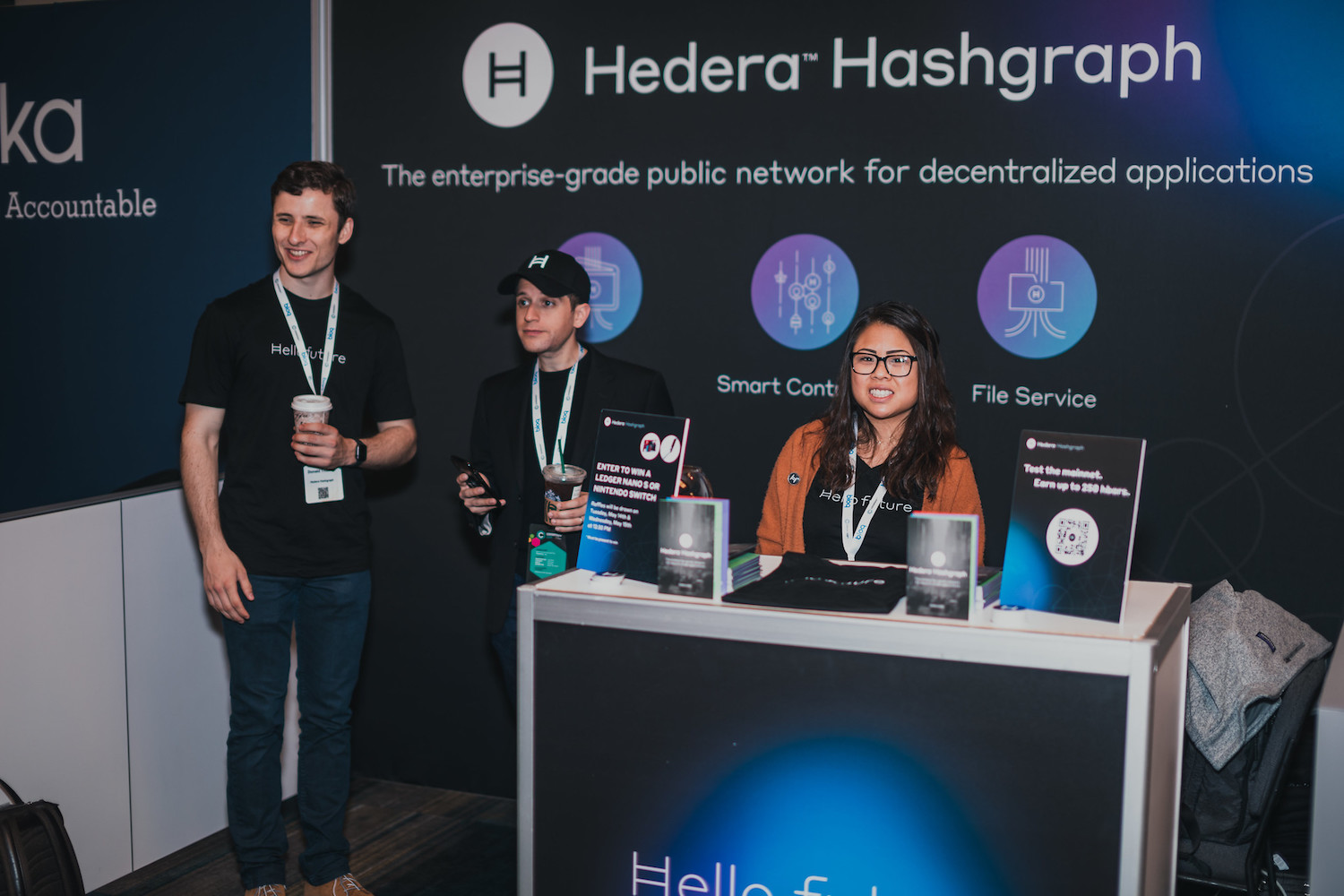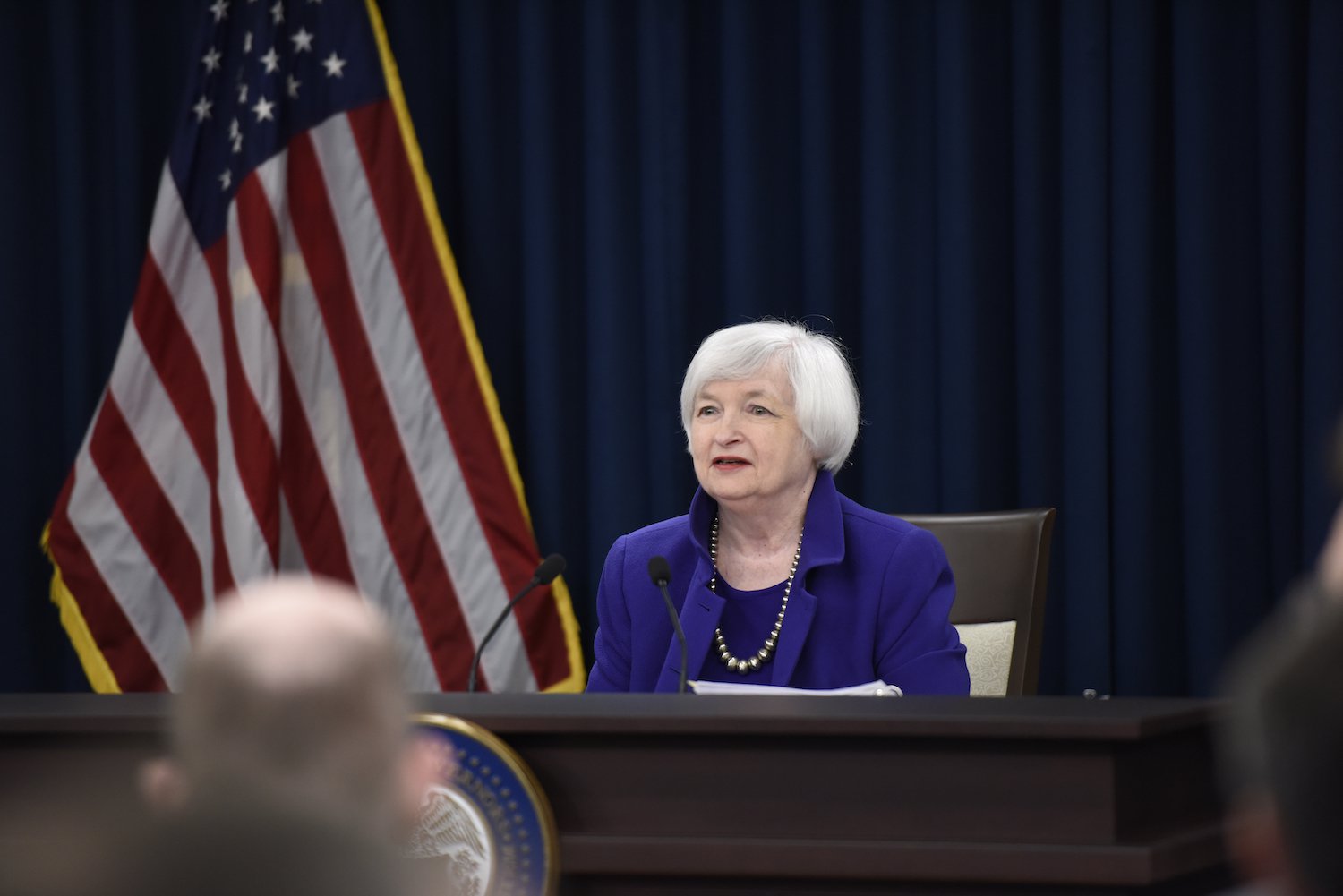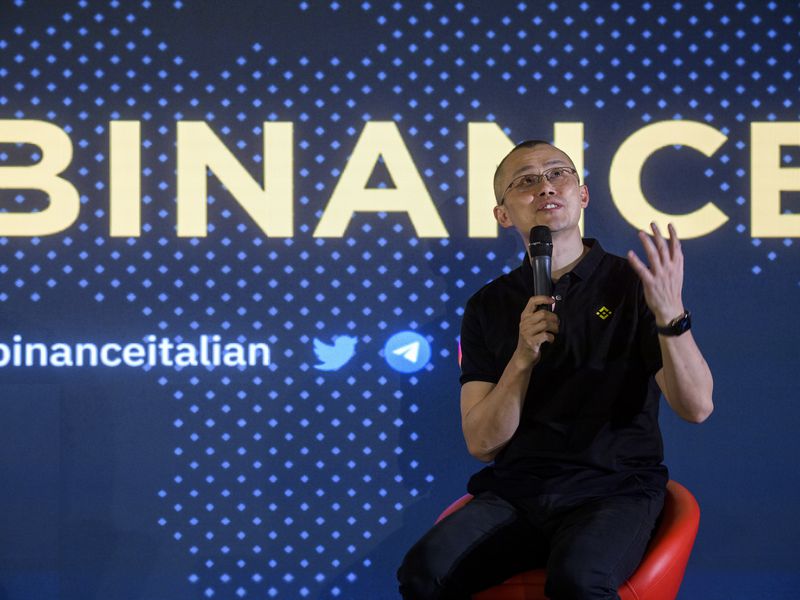Ethereum Is Building the Internet of Value
Ethereum Is Building the Internet of Value
The internet is at the cusp of entering a new phase, one where entrenched rulers are dethroned, more power is reclaimed by individuals and value moves as freely as cat GIFs.
To understand why we need a better internet in the first place, consider this question: Isn’t it weird the internet isn’t good at money? Think about it. The applications we use every day to search, to communicate, even to shop; the companies that dominate the web are very bad at dealing with money, even if they’re very good at making it. There’s a separate checkout process, where you repeatedly enter all your information. Cards issued in some countries don’t work on local websites in other countries. Sometimes you wait for what feels like an eternity watching that tiny wheel turn, to have the transaction fail.
Camila Russo is the founder of The Defiant, a content platform focusing on decentralized finance, and the author of “The Infinite Machine” about the history of Ethereum. Previously, she was a Bloomberg News reporter covering markets in Buenos Aires, Madrid and New York. She is a speaker at CoinDesk’s invest: ethereum economy event beginning Oct. 14.
More complex transactions are almost unthinkable. Influencers and creators should be able to monetize their likes, retweets and views, with micropayments streamed from followers, without any platform taking a cut. Less-famous mortals should get paid if they opt in to view ads or consent to sharing their information. Transferring ownership of valuable assets, from art to real estate, shouldn’t take several intermediaries and tons of paperwork.
There’s the internet’s TCP/IP protocol. There are apps built on top of it. And, separately, there’s the financial system, which relies largely on infrastructure built before the internet was invented. SWIFT, IBAN, the rails handling most international money transfers, weren’t designed to handle actual money. They’re messaging systems where transfers can take up to five days and cost around $50. National money transfers fare a bit better, but in the U.S. they still take at least one business day to settle (money rests on weekends, apparently).
Attempts to update these systems – SEPA in Europe, the Faster Payments initiatives in the U.S., VisaNet for card payments – have resulted in a messy patchwork that doesn’t solve the core problem. Fintechs try to improve the situation, but they’re building on the same old carcass.
At a time when we have global, cheap, fast communications, we should have an equally global, cheap, fast financial system.
My kingdom for your data
The second big problem with the internet today is that we access it through a handful of companies with “walled gardens.” A better analogy is kingdoms. You need a passport to enter. Once you’re in, it feels like you’re roaming free but the price to pay is the king watching your every step, collecting your information and then selling it to fill his coffers. You don’t get a cut, but you do get the incredible services the web offers today.
These kingdoms – Google, Facebook, Amazon, Apple – aren’t always clear on what they’re collecting. We’re also left in the dark on what our data will be used for. Is it purely market research or will it be leveraged to, say, influence the U.S. presidential election?
Also, not anyone is free to build on these lands. Developers have to stick to specific guidelines and go through an approval process that can take days, knowing that rules can change without warning, and that their app submission can be rejected. Live apps aren’t off the hook either because they can get outright banned.
Like any for-profit company, the platforms’ goal is to extract as much value from as many users as possible. They’re incentivized to stomp out or buy out anything that comes close to threatening their hold, stifling innovation and competition in what should be the most dynamic industry. The result? We’re getting products and services that are likely not as good as they should be.
An internet of value
The internet is ruled by innovation-stifling monopolies that have stopped us having an internet-of-value. Organizations built on top of the current internet network have almost no other option than to become for-profit corporations, with code that’s proprietary and closed to the public. But when the network itself is designed to transfer value, it enables different business models to emerge.
In this new frontier, users retain control of their funds and their personal information. They roam freely without bowing to any king. Value – that is, money, assets, securities, property – is as native to internet apps as cat videos. And it’s already happening.
This is not about “crypto.” It’s not about the next bitcoin, or getting in on the next hot token that will pump.
There’s no question the internet of value is coming to shake traditional finance and the current web, for the simple reason that it’s many times better.
This is about a shift in the very foundation of the web.
There is a money layer that’s being added on top. A distributed network that transfers value without relying on banks, settlement and clearing agents. Money moves faster, cheaper and globally – just like the rest of the internet does.
And this network isn’t only good at transferring value. It can also process anything a computer can, allowing developers to build applications on top. The difference from the internet apps we’re used to is that in these applications value isn’t an afterthought; it’s at the very core. The name of this new base layer for value is Ethereum.
Payments can be made seamlessly, and that’s just the start. More complex financial services are now at the fingertips of anyone with access to the network. Users can trade tokens at a few taps, and because value can be programmed this can range from the network’s native token ether, to synthetic representations of everything from gold to a Tesla stock. It can even tokenize San Francisco’s “poop index,” where people can profit from the city’s rising number of feces sightings.
Venezuelans can buy tokens linked to the value of the dollar. And not only that, they can deposit them in lending protocols and earn interest on those tokens. Speculators can borrow from those asset pools to trade. Others can have a computer program automatically execute a trading strategy, like a robo-adviser on steroids. There’s a no-loss lottery, streaming salaries almost by the second, tokenizing and trading limited-edition T-shirts, which are delivered in their physical versions, and can also be worn in virtual reality worlds.
For developers, financial applications are the low-hanging fruit to build on top of a value network, but it’s only the beginning.
An open protocol
A core feature of this network and the applications built on top is that the code is available for anyone to inspect, track and riff on. It means builders can settle anywhere without fear of unpredictable rulers. The base layer itself, the Ethereum blockchain, is owned by a community of millions who can’t unilaterally change rules, ban or censor apps or individuals.
The fact that the code is open makes it harder for companies to build monopolies. If users don’t like the rules, they now have the choice of taking the open code and making a copy of the application.
The ability for these open organizations to have their own associated token – a share-like digital coin – makes open-source business models sustainable.
It makes it possible for developers and entrepreneurs to build quality products and services outside the bounds of traditional for-profit corporations. Users and builders of the protocol hold the native token, which gives them ownership of the protocol and rights to participate in governance. As the protocol gains traction and use increases, token holders benefit. This enables a world where the platforms we use aren’t competing with their integrations but working with them. It’s a way to change the paradigm from zero-sum to win-win.
This is all still very experimental. It’s risky and it often breaks. The financial applications on Ethereum currently hold $11 billion, a tiny amount by global financial markets standard. But it’s not nothing, and it’s growing and becoming safer, more resilient by the day.
Ethereum itself, where much of this activity is happening, is only five years old. Maybe it’s the Ethereum platform that brings this new internet to the masses, or maybe it’s another network like it.
But there’s no question the internet of value is coming to shake up traditional finance and the current web, for the simple reason that it’s many times better. It’s why young, shaggy developers working from their laptops and congregating at hackathons all over the world have kicked the old playing board and started over.










